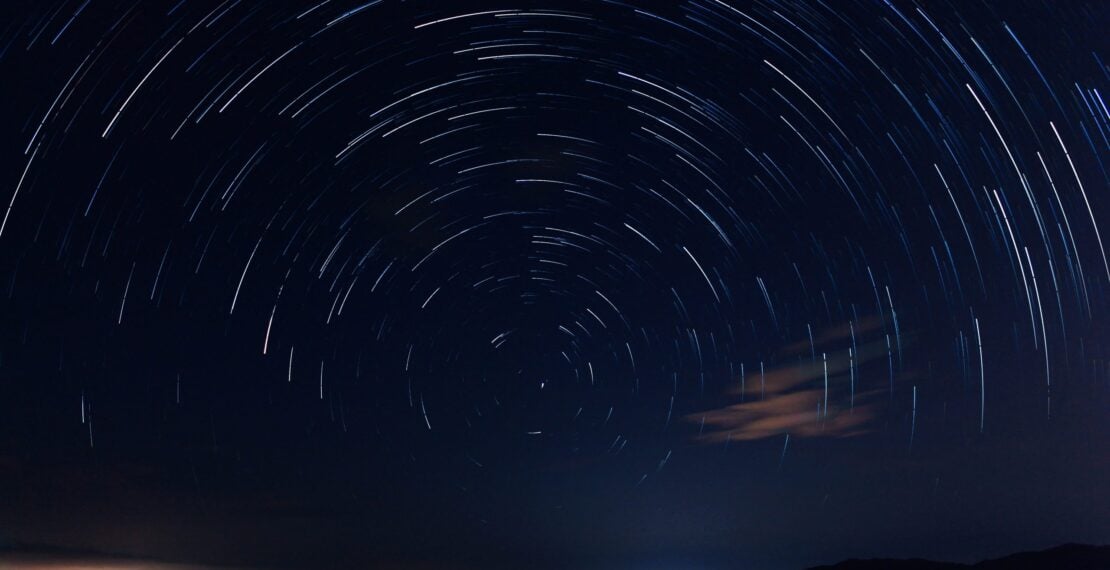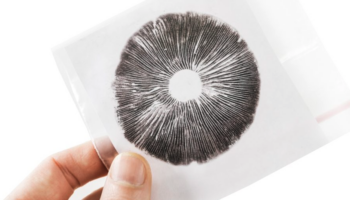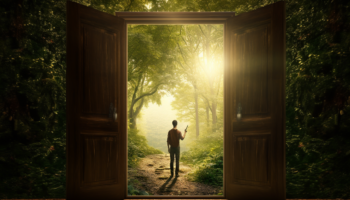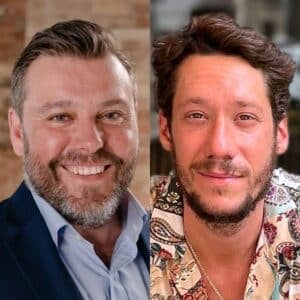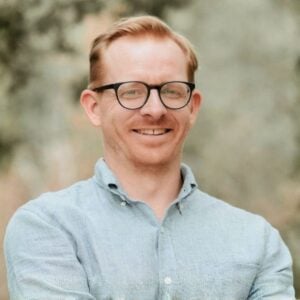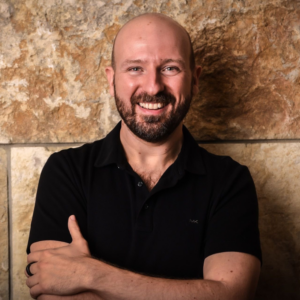You’ve heard it a hundred times in the past week – on Third Wave, Facebook, and WIRED alike: we’re living in the new psychedelic moment. This past month, MAPS’ Psychedelic Science 2017 conference brought 2,500 researchers and enthusiasts to Oakland, California. Even illiberalism’s recent surge in Washington can’t stop the tide of psychedelic progress.
Confidence was the week’s watchword. For an organization known for its meticulous handling of radioactive material, MAPS didn’t hold back—celebrating psychedelic science, culture, and substances without fear of stigma or law enforcement. People who attended the last Psychedelic Science conference in 2013 noted a palpable difference in this year’s air: finally, everyone could agree, it’s happening.
But out are the Technicolor hustlers and mass dosings of psychedelic yore—and in are corporate microdosing, ratings-vetted online marketplaces, and syncretistic ayahuasca circles. Well, what do you expect after half a century of hibernation?
ESCAPING INHERITED TRAUMA
It’s become common to speak of a “lost generation” of psychedelic community, even if every generation since prohibition has had its small, committed share of psychonauts. But what’s notable about today’s psychedelic renaissance is its generational timing: for the first time, the people turning on today are the children of parents who missed the 60s’ psychedelic wave, that is, late Boomers and early Gen Xers.
What does this mean for the growing Third Wave of psychedelic culture? Can today’s millennial psychonauts finally escape the trauma of criminalization and the trauma of hiding that have lorded over the cultural imagination of psychedelics for the past 50 years?
We could make a few guesses: one is that because our parents, elementary school-aged in the late 60s, were not culturally present for the swell of excitement and influx of disappointment that accompanied the Summer of Love, there was very little to pick up in the way of trauma. No bum trips, no ruined idealism. But a lasting attachment to The Beatles, The Doors, and Hendrix helped convince them, growing up in the despair of the 70s, that their childhood decade must have been groovier. They faithfully passed down the psychedelic sounds; we internalized them.
The other possibility is that the children of the 70s, raised on the paranoid Nixonian rhetoric of the Drug War and energized by the restorative promises of Reagan, were hit hardest by the traumatic mythology of the psychedelic Dark Age, with no memories of enlightenment or ecstasy to temper it.
To this point, it’s worth mentioning that the late Boomer-early Gen X cohort, people born in the 60s, is the most politically conservative one today. For many of these folks, the mid-to-late 60s—despite their inarguable cultural legacy—represent a moment of degeneracy, exemplified by extreme pastimes like dropping acid. If this is how your parents see it, it’d be hard not to approach psychedelic culture with pause.
Both of these narratives are probably part of the picture, but without considerable data, they’re essentially not much more than oracle bones. The good news is that with a rebirth of mass psychedelic culture underway, eased on by a daily stream of positive press, we can be pretty sure—whatever the ultimate generational effects—today’s popular culture is getting more psychedelic, whittling away the taboo, personal narrative by personal narrative.
YOUR FRIENDLY NEIGHBORHOOD PSYCHONAUT
Not so long ago, when the gay rights movement was beginning its upswing but voters still tilted narrowly against marriage equality, activists framed their optimism in a simple thought experiment: You might start off homophobic, but once you find out you have a gay neighbor, friend, or family member, it’s very hard to stay prejudiced. Once it’s obvious that gay people are among the normal human beings in your life, there’s no longer anything weird about their sexuality.
As more and more people come out as psychedelic—to their like-minded peers, their conservative peers, and their fifty-something parents—the more we’ll begin to hear activists for the normalization of psychedelics adopt this same line. And the more people will find the responsible, integrated use of psychedelics to be normal. “You see, it’s not just dropouts and freaks, Ma, it’s me too!”
These days, we’re coming out in every imaginable way—as research conference attendees, as Burners, as members of a campus psychedelic forum, and as Very Serious People on the pages of The New York Times, to say nothing of all the dinner table conversations with surprisingly accepting and interested parents.
MDMA, while not traditionally described as psychedelic, is simultaneously the main focus of MAPS’ normalization efforts and the millennial love-and-connection drug of choice, simply a given at festivals and concerts. Chance the Rapper and Miley Cyrus are out about tripping—and you don’t even need to ask what Tame Impala, Temples, and Pond are tapping into.
If there is any trauma still latent (there always is), I would hazard that it has something to do with the fact that we’ve gotten deep into the habit of calling LSD, mushrooms, and MDMA “drugs,” which, with the current heroin and opiate epidemic ravaging communities, is bound to cause some collateral panic.
My modest proposal for millennial psychonauts: start rebranding! The culture is in our control now, and so is the language. Whatever you prefer—“medicines,” “sacraments,” “mind-expanding substances,” “chemical aids”—find a way to talk about psychedelics that de-drugifies them. It’ll open the tent to all kinds of new friends.
Josh Lipson is a San Francisco-based writer interested in history, evolution, and technologies of mind. He has a degree from Harvard in Near Eastern Languages and Civilizations, and is a published poet.
